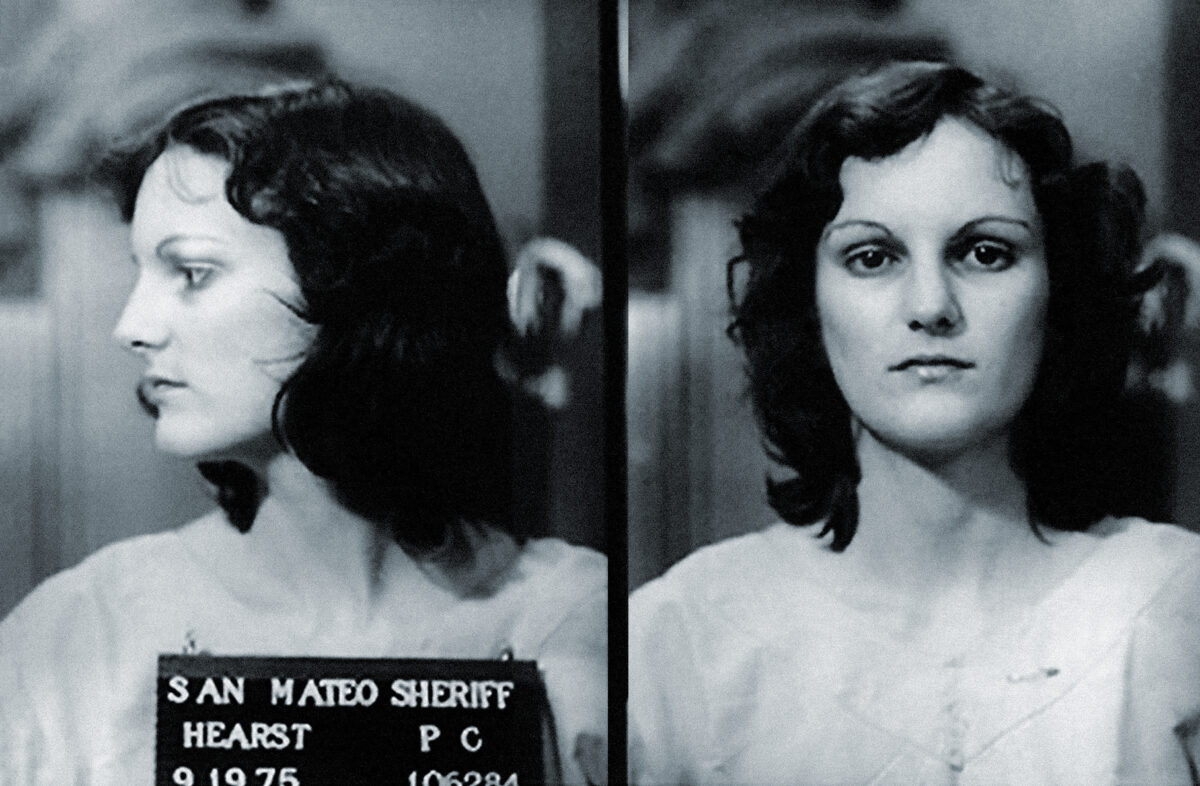To Purge This Land With Blood: A Biography of John Brown by Stephen B. Oates
John Brown, the original homegrown American terrorist, combined deep distrust of the federal government with a belief that slavery was a national sin that must be purged with blood. On May 24, 1856, he, his four sons and two other men massacred four slavery supporters in Pottawatomie, Kansas Territory. Leading New England intellectuals and reformers, including Henry David Thoreau, applauded Brown’s violence and his plan for a slave uprising in the South. Brown’s raid of the federal armory at Harpers Ferry, Va., in October 1859 failed and led to his execution, but he became a martyr. During the Civil War, the Union Army invoked his memory by singing “John Brown’s Body.”
American Lightning: Terror, Mystery, the Birth of Hollywood, and the Crime of the Century by Howard Blum
On October 1, 1910, a bomb exploded at the Los Angeles Times building, killing 21 people. Eventually private detective Billy Burns, an associate of film director D.W. Griffith, solved the case. The culprits, brothers John J. and James B. McNamara, were leaders of the International Association of Bridge and Structural Iron Workers and had targeted the newspaper because of its anti-labor stance. American Federation of Labor President Samuel Gompers hired the celebrated attorney Clarence Darrow to represent the McNamaras. But the defense collapsed when both men confessed to the crime.
Patty’s Got a Gun: Patricia Hearst in 1970s America by William Graebner
Patricia Hearst, the granddaughter of newspaper magnate William Randolph Hearst, morphed into America’s most bizarre homegrown terrorist after a small urban guerrilla cell calling itself the Symbionese Liberation Army kidnapped her in February 1974. Hearst, photographed wielding an M-1 carbine while the would be revolutionaries robbed a San Francisco bank, was jailed for the crime. President Jimmy Carter commuted the sentence after two years and President Bill Clinton granted her a full pardon. Graebner depicts Hearst as a symbol of a volatile era that gave rise to other terrorist groups such as the Weather Underground.
Blood & Rage: A Cultural History of Terrorism by Michael Burleigh
Burleigh traces how terrorism emerged during periods of upheaval in the 19th century in the United States and Europe. One thread is the American connection to the Irish Republican Brotherhood’s fight against British rule. The group drew leaders from Irish emigrants who had fought in the American Civil War and then took their combat experience back to Ireland where they mounted a terrorist campaign of bombings and assassinations. Elsewhere, a general unhappiness with industrial society spawned anarchists, self-proclaimed nihilists, Russian revolutionaries, French syndicalists and New Left revolutionaries. Burleigh makes clear that terrorists know no national boundaries.
Originally published in the October 2010 issue of American History. To subscribe, click here.





